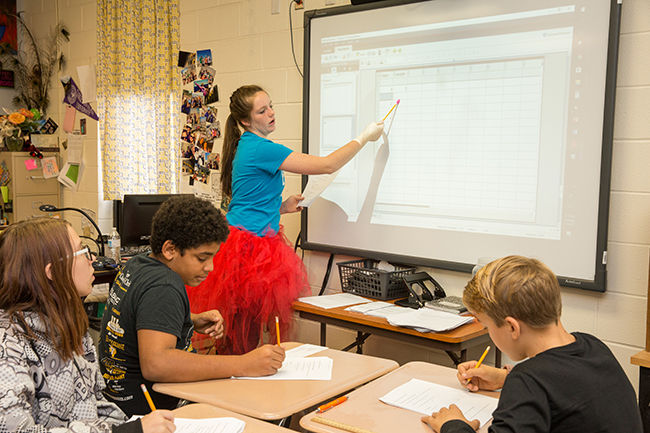🧩 The Hidden Gaps in Upper Secondary CBC...Through a Finnish Lens
- vanessa speigle
- Aug 12
- 2 min read
At Rekla, our mission is to help teachers and schools create learning

experiences that prepare students for life; not just exams. That means staying globally relevant and supporting educators working within a variety of curriculum systems, from IB to CBC and beyond. While every system has its own structure, we’ve found that Finnish pedagogy principles: student agency, real-world learning, and reflective practice, can strengthen any approach.
Today, we’re looking at the CBC upper secondary years through that Finnish lens, and uncovering a challenge many teachers face but few openly discuss: the “hidden gaps” that can quietly derail student progress.
🔗 Connecting to Last Week’s Conversation
In last week’s post, we explored how behavior challenges can reveal deeper learning needs. Sometimes, those challenges point to something bigger like skills and habits that were never fully developed. In Grades 10–12 CBC, these “hidden gaps” can quietly shape everything from student engagement to exam readiness.
📌 What Are These Hidden Gaps?
Upper secondary CBC should be the moment when students pull together all the competencies they’ve been building since early primary. Yet, many arrive here missing crucial pieces: self-directed learning habits, collaborative leadership, or the confidence to make decisions independently.

From a Finnish pedagogy perspective, these are not “extras”, they are the foundation. In Finland, student agency is intentionally nurtured from the earliest grades, so by upper secondary, learners are accustomed to driving their own projects, solving real-world problems, and evaluating their own progress. Without that foundation, the CBC upper secondary years can feel like running a relay race where the baton was never fully passed.
🧠 Real Classroom Examples
A Level 3 student can recall every detail of a chemistry unit but freezes when asked to design a small experiment to solve a real-life issue.
A bright learner participates in group work only when told exactly what to do, never stepping into leadership without explicit instruction.
These are not signs of weakness, they’re signs that opportunities to practice autonomy have been too rare.
🚧 How These Gaps Impact Learning
For teachers, these gaps mean lessons stall not because the content is too advanced, but because the underlying competencies aren’t ready. Instead of diving into deeper, applied projects that CBC envisions, teachers must backtrack to build habits and skills that Finnish classrooms intentionally embed from day one.
🌍 The Rekla Solution
This is why the CBC 10–12 Teacher Course is designed differently. Yes, it aligns to CBC requirements, but every tool, project, and strategy is built on
Finnish principles:
🌟 Student-led learning over teacher-led delivery
🌟 Real-world problem solving over hypothetical examples
🌟 Reflection as a daily habit, not an end-of-term formality

By blending CBC structures with Finnish methods, you can close the gaps while still moving forward, equipping students with tools they’ll carry far beyond school.
📅 Join the Next Cohort
Enrollment for the next cohort is opening soon. Join the wait list now https://www.reklalearningstudios.com/cbcsurvivaltoolkit to be the first to access these resources and see how a Finnish lens transforms upper secondary CBC.
💬 Let’s Reflect Together
What’s one skill or habit you wish all your upper secondary students had mastered before they reached your classroom? Share in the comments,
your insight could help another teacher spot it earlier.





Comments